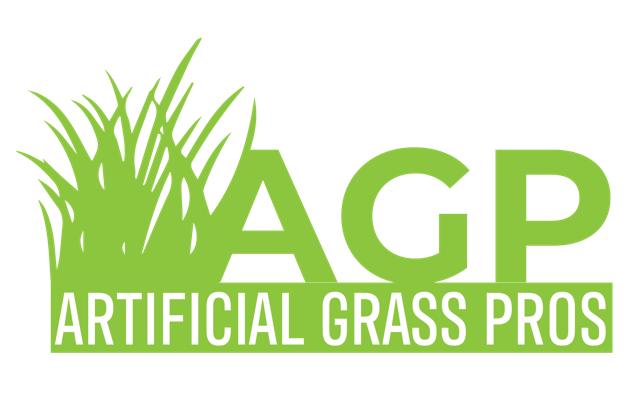Astroturf, also known as artificial grass, is an increasingly popular option for homeowners and businesses looking to create lush, green outdoor spaces without the maintenance demands of natural grass. Whether you’re considering it for a backyard, patio, sports field, or commercial space, installing astroturf involves several important considerations to ensure a successful and long-lasting result. Here’s a breakdown of the key factors to keep in mind.
1. Purpose and Usage
The first step in planning your astroturf installation is determining how the space will be used. Will it be a high-traffic area like a playground or sports field, or a more decorative space like a garden or rooftop? The intended use will influence the type of artificial grass you choose, as well as the required pile height, density, and durability. For instance, areas with heavy foot traffic may require a denser, shorter pile turf that can withstand wear and tear.
2. Quality of the Turf
Not all astroturf is created equal. The quality of the material you choose will impact not only the appearance but also the longevity and performance of your turf. High-quality synthetic grass often features UV-resistant fibers, realistic textures, and drainage capabilities. It’s essential to research different brands and products, considering factors like fiber material (polyethylene, polypropylene, or nylon), backing material, and infill options to ensure you’re getting the best value for your investment.
3. Site Preparation
Proper site preparation is crucial for a smooth and even astroturf installation. The ground must be cleared of any debris, weeds, and existing grass. Depending on the site, you may need to excavate and level the area to create a stable base. This step often involves adding a layer of crushed stone or gravel to enhance drainage and prevent the turf from shifting over time. The importance of a well-prepared base cannot be overstated, as it directly impacts the durability and appearance of your astroturf.
4. Drainage Considerations
Effective drainage is essential for maintaining the quality and usability of your synthetic grass. Poor drainage can lead to water pooling, which may cause the turf to become slippery, develop odors, or even promote mold growth. To prevent these issues, ensure that the installation site has adequate slope or gradient for water runoff. Additionally, choose astroturf with a permeable backing that allows water to pass through easily, and consider incorporating a drainage system if necessary.
5. Climate and Weather Conditions
Your local climate and weather conditions play a significant role in the performance of your astroturf. In regions with intense sun exposure, UV-resistant fibers are essential to prevent fading and degradation. In areas with heavy rainfall, you’ll need to prioritize drainage and consider a turf option that dries quickly. For colder climates, some astroturf products are designed to withstand freezing temperatures and resist damage from snow and ice.
6. Infill Options
Infill is the material placed between the blades of artificial grass to support the turf, improve resilience, and enhance its appearance. Common infill materials include silica sand, crumb rubber, and organic options like cork or coconut fibers. The choice of infill depends on factors like the intended use of the space, budget, and personal preferences. For example, crumb rubber is often used in sports fields for added shock absorption, while silica sand is a popular choice for residential lawns due to its natural appearance.
7. Maintenance Requirements
While astroturf requires significantly less maintenance than natural grass, it’s not entirely maintenance-free. Regular cleaning to remove debris, brushing to keep the fibers upright, and periodic infill replenishment are necessary to keep your turf looking its best. Understanding the maintenance requirements of your chosen astroturf will help you maintain its appearance and functionality for years to come.
8. Budget Considerations
Installing astroturf is an investment, so it’s important to budget accordingly. Costs can vary widely depending on the quality of the turf, the size of the area, and the complexity of the installation. It’s essential to consider both the upfront costs and the long-term savings on maintenance, water, and lawn care when evaluating your budget. Additionally, hiring a professional installation team may increase initial costs but can result in a more durable and aesthetically pleasing final product.
9. Environmental Impact
Artificial grass can have both positive and negative environmental impacts. On the one hand, it reduces water usage, eliminates the need for chemical fertilizers and pesticides, and decreases the carbon footprint associated with lawn maintenance equipment. On the other hand, the production and eventual disposal of synthetic materials can contribute to environmental concerns. If sustainability is a priority, consider choosing a product made from recycled or recyclable materials and research the environmental practices of different manufacturers.
10. Professional vs. DIY Installation
Finally, decide whether to hire professionals or take on the installation as a DIY project. Professional installation ensures that all aspects of the process are handled with expertise, from site preparation to finishing touches. However, if you’re confident in your skills and want to save on labor costs, a DIY installation is possible, provided you carefully follow guidelines and instructions.
Conclusion
Installing astroturf can transform your outdoor space into a beautiful, low-maintenance oasis, but it requires careful planning and consideration. By understanding the factors involved, from choosing the right type of turf to ensuring proper drainage and installation, you can make informed decisions that will enhance the look and longevity of your investment. Whether you opt for a professional installation or tackle the project yourself, the result will be a lush, green space that you can enjoy year-round.


Recent Comments